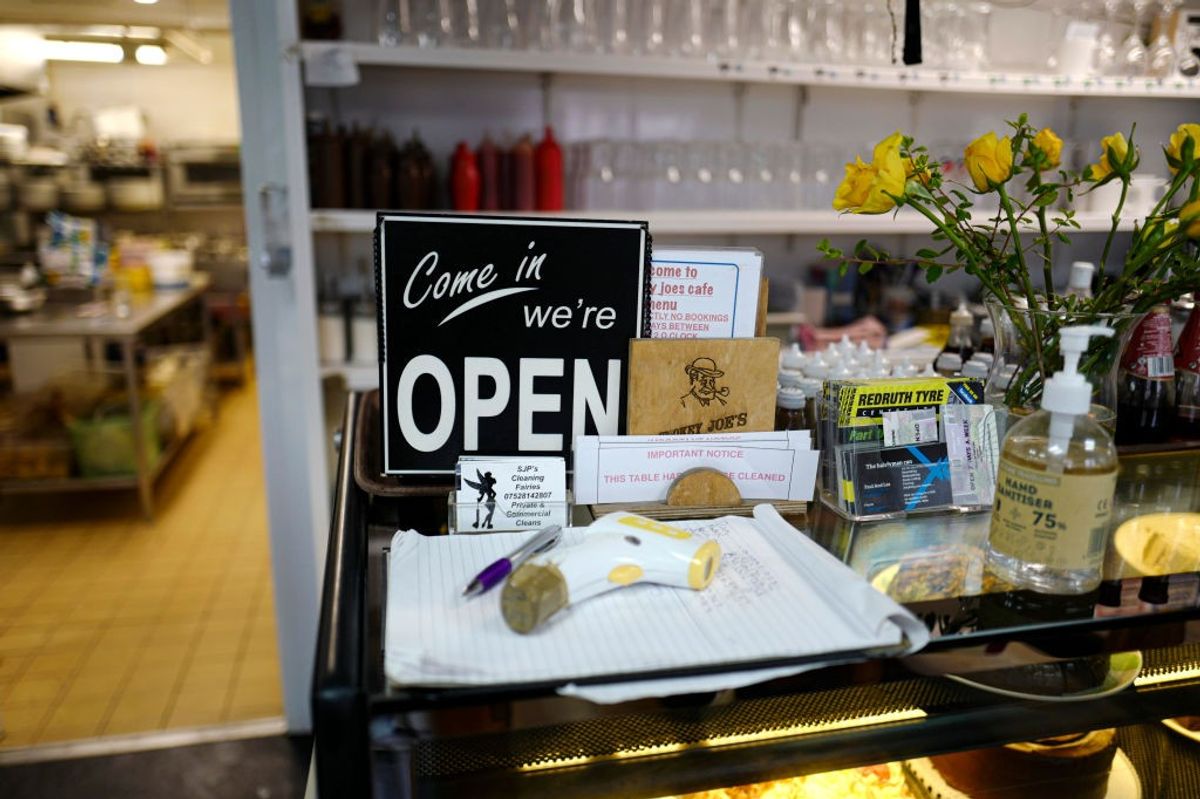Unemployment in Britain has fallen again, despite the end of a government scheme to keep millions of private-sector workers in their roles during the coronavirus pandemic, official data showed Tuesday.
The jobless rate - which measures the number of people out of work as a proportion of the working population as a whole - slipped to 4.2 per cent in the three months to the end of October, the Office for National Statistics (ONS) said in a statement.
That compared with a rate of 4.3 per cent in the three months to the end of September.
Nevertheless, the rate was still 0.2 percentage point higher than the level before the Covid crisis struck.
The government ended its costly scheme to furlough workers in September.
Meanwhile, the number of UK workers on payrolls rose by 0.9 percent between October and November to 29.4 million, the ONS calculated.
"With still no sign of the end of the furlough scheme hitting the number of jobs, the total of employees on payroll continued to grow strongly in November, although it could include people recently made redundant but still working out their notice," said ONS economic statistics director Darren Morgan.
"The number on payroll is now above pre-pandemic levels right across the country."
The ONS said that job vacancies in the three months to the end of November hit a new all-time high at 1.22 million.
"While job vacancies continue at record levels, the number is not growing as fast as it did earlier this year," Morgan cautioned.
The ONS figures show 3.01 million jobs in retail, down 22,000 year-on-year.
Helen Dickinson, Chief Executive of the British Retail Consortium, noted that this figure also includes around 97,000 workers who were still on furlough at the time.
"The fall in jobs reflects the decline in staffing at large city centre retailers, who cut back in response to lower shopper numbers during the pandemic. Nonetheless, there are still new retail roles being created in areas such as logistics and online fulfilment, not all of which are captured under the ONS retail job figures," she commented.
“There were 91,000 retail vacancies in October, and nearly 1.2 million across the whole economy. Given the large number of people employed in retail, this has contributed to pay in retail rising 5.5 per cent in 2021, double the national average across all industries" she added noting that this has created additional costs for retailers, on top of the rising transport costs and higher energy and commodity prices.
She expected a rise in the number of jobs in Q4 2021 as the retail industry has been ramping up operations ahead of Christmas, but cautioned that the labour shortages in HGV drivers and warehouse workers continue to be a major challenge.
“Retailers continue to invest in their workforce, however the government must redouble its efforts in the new year to find a more flexible, demand-led immigration system and broader usage opportunities for the Apprenticeship Levy to ensure the industry continues delivering on its mission of a higher skilled, more productive, and better paid workforce,” she said.





